In the intricate dance of international diplomacy, few gestures carry as much weight as the exchange of gifts between world leaders. In March, Russian President Vladimir Putin presented US President Donald Trump with a mysterious and highly symbolic gift: a portrait of Trump himself. This painting, delivered by Trump envoy Steve Witkoff, was described as a "beautiful portrait" by a "leading Russian artist." Trump, according to Witkoff, was "clearly touched by it." However, the portrait itself remained shrouded in secrecy until recently, when the artist behind the Kremlin-commissioned artwork revealed it to the public.
The painting, which shows Trump raising his fist on stage after the failed assassination attempt at his Butler, Pennsylvania rally in July 2024, is the work of Nikas Safronov, one of Russia’s most renowned artists. The Kremlin confirmed this to the press, adding a layer of significance to the artwork. Safronov, known for his portraits of world leaders, including the late Pope Francis, India’s President Narendra Modi, and North Korea’s Kim Jong Un, explained his motivation behind the painting. "It was important to me to show the blood, the scar, and his bravery during the attempt on his life," Safronov said. "He didn’t break down or become afraid, but raised his arm to show he is one with America and will bring back what it deserves."
Safronov’s decision to depict Trump in this manner was not accidental. The dramatic image of Trump raising his right fist, with blood splattered across his face, became an emblem of strength in his presidential campaign. This portrayal aligns with the narrative of resilience and fortitude that Trump’s supporters champion. By capturing this moment, Safronov aimed to convey a powerful message of bravery and unity, qualities that Trump’s base would undoubtedly appreciate.
The artist’s journey to create this portrait began with an unusual request. Safronov recounted being "visited by some people who said they want me to paint Trump as I see him." Initially, he did not know who these "visitors" were, but he suspected it was the Kremlin. As a prominent artist, Safronov is accustomed to clients who "do not go into details." However, he soon realized the potential impact of this painting. "When I started the portrait, I realized this could bring our countries closer, and decided not to charge any money because I suspected what this painting was for," he explained.
This decision to forego payment underscores the political significance of the portrait. Safronov’s work was not just an artistic endeavor but a diplomatic gesture. The artist’s belief that the painting could foster closer ties between Russia and the United States aligns with Putin’s intentions. Later, Safronov was contacted directly by Putin, who emphasized the importance of the flattering portrait in improving bilateral relations.
The portrait gifted to Trump by Putin is similar to a painting that now hangs in the Grand Foyer of the White House, a location previously occupied by an official portrait of former President Barack Obama. This placement adds another layer of symbolism to the artwork, situating it within the historical narrative of American leadership. The portrait’s presence in the White House serves as a constant reminder of the complex and evolving relationship between the United States and Russia.
The revelation of the portrait’s content and its intended message highlights the intricate interplay between art and diplomacy. Art, in this context, becomes a tool for communication, capable of conveying messages that words alone cannot. The portrait of Trump, with its depiction of bravery and resilience, is a testament to the power of visual storytelling. It encapsulates a moment of crisis and transforms it into a symbol of strength, a narrative that resonates deeply with Trump’s supporters.
Moreover, the portrait’s commission and delivery reflect the strategic nature of diplomatic gifts. By presenting Trump with a portrait that aligns with his public image, Putin aimed to foster a sense of camaraderie and mutual respect. The gesture, while seemingly simple, carries profound implications for the relationship between the two nations. It suggests a desire for dialogue and cooperation, even amidst ongoing tensions and disagreements.
The mystery portrait of Donald Trump gifted by Vladimir Putin is more than just a piece of art; it is a diplomatic statement. Through this portrait, Putin and Safronov sought to bridge the gap between two powerful nations, using the universal language of art to convey a message of strength, unity, and hope. As the portrait takes its place in the White House, it serves as a reminder of the potential for art to transcend political boundaries and foster understanding. In a world often divided by ideology and conflict, such gestures offer a glimmer of hope for a more harmonious future.
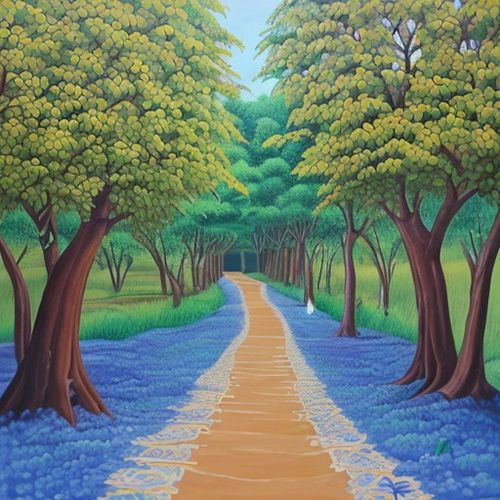
By Joshua Howard/May 14, 2025
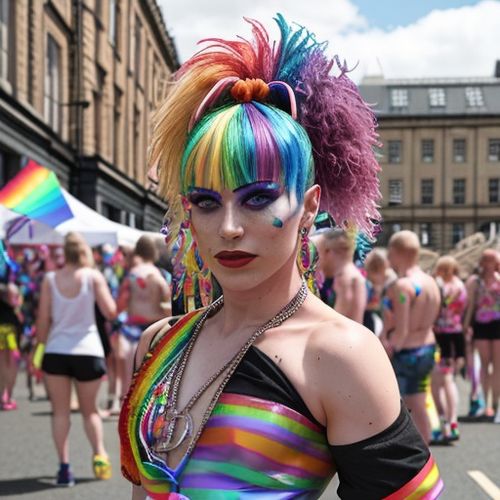
By Samuel Cooper/May 14, 2025
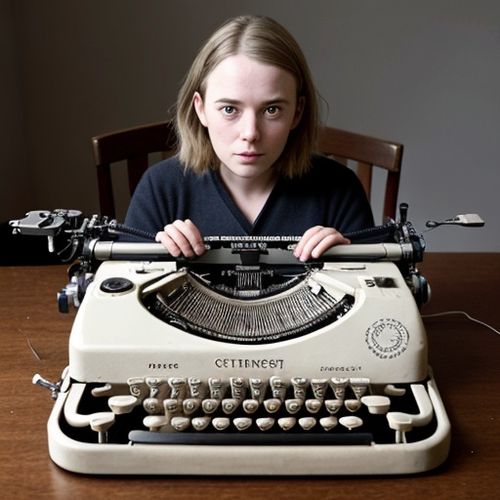
By Victoria Gonzalez/May 14, 2025
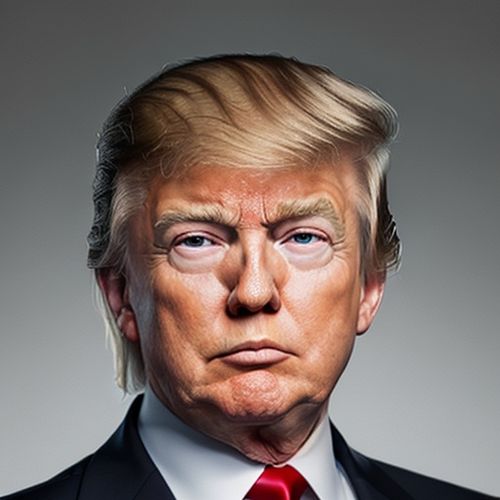
By Elizabeth Taylor/May 14, 2025
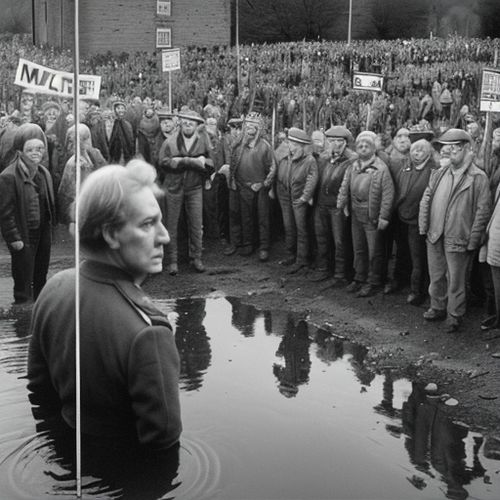
By Sophia Lewis/May 14, 2025
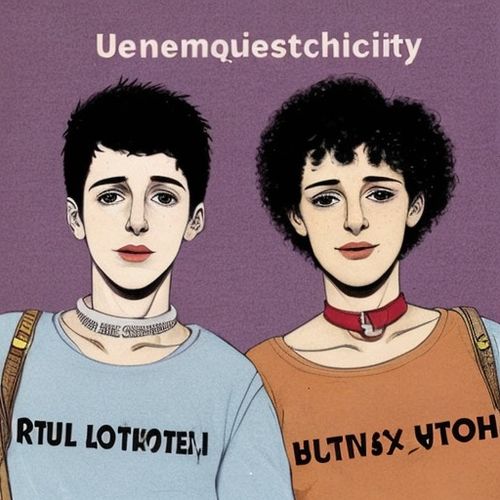
By Thomas Roberts/May 14, 2025
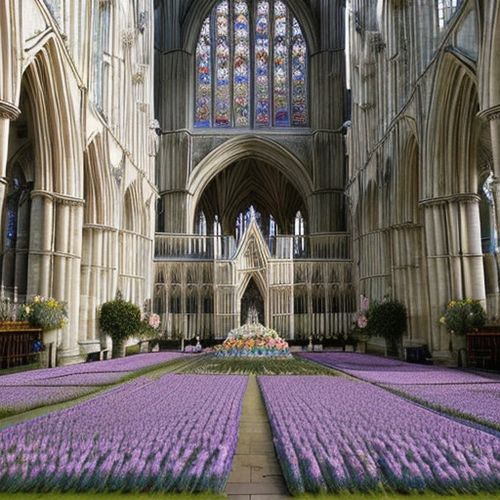
By Sophia Lewis/May 14, 2025
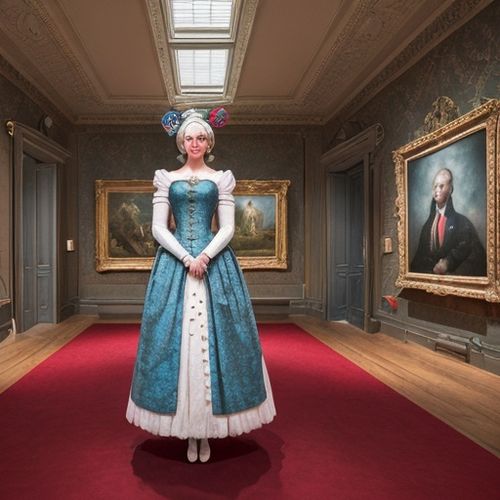
By James Moore/May 14, 2025
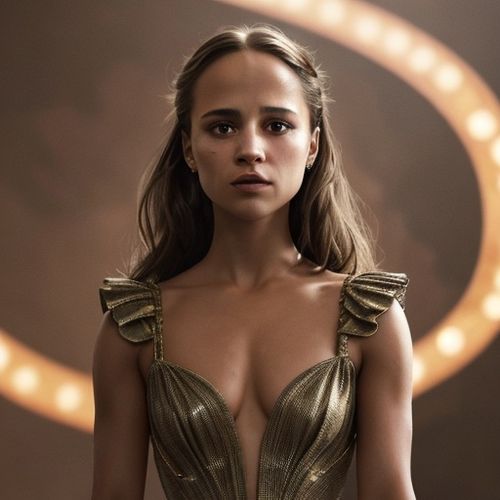
By Christopher Harris/May 14, 2025
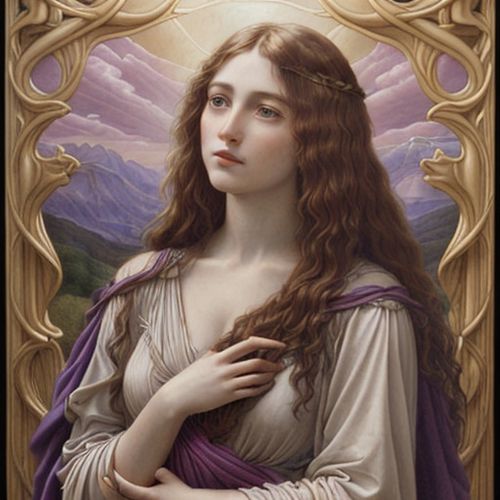
By Megan Clark/May 14, 2025
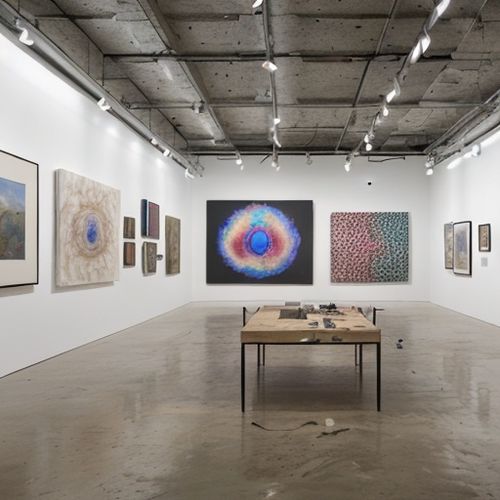
By Lily Simpson/May 14, 2025
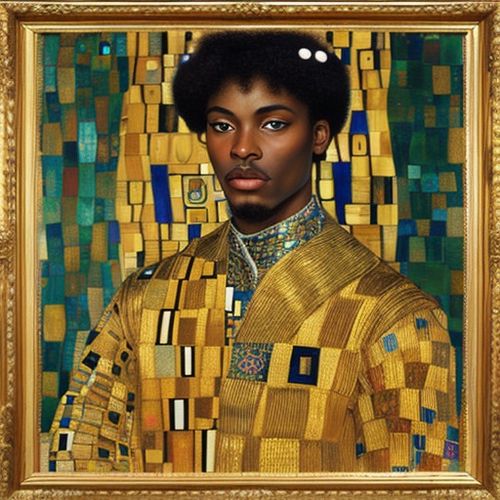
By Rebecca Stewart/May 14, 2025
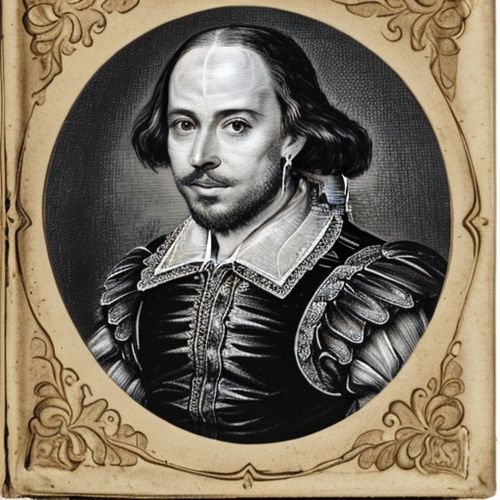
By Thomas Roberts/May 14, 2025
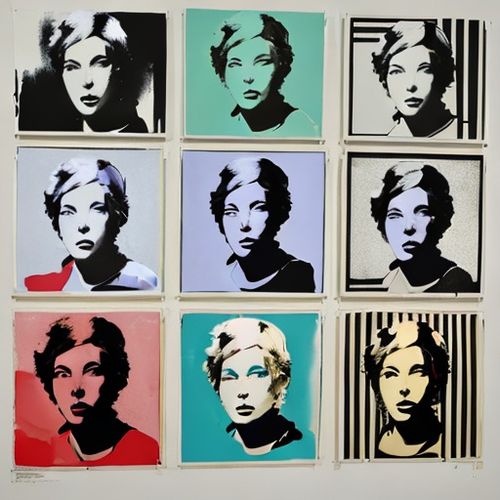
By Grace Cox/May 14, 2025
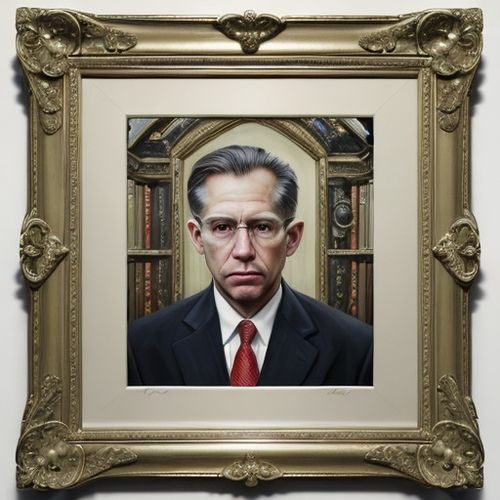
By Sarah Davis/May 14, 2025
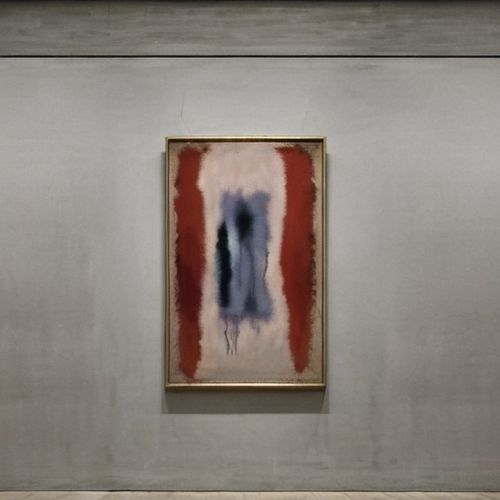
By Megan Clark/May 14, 2025
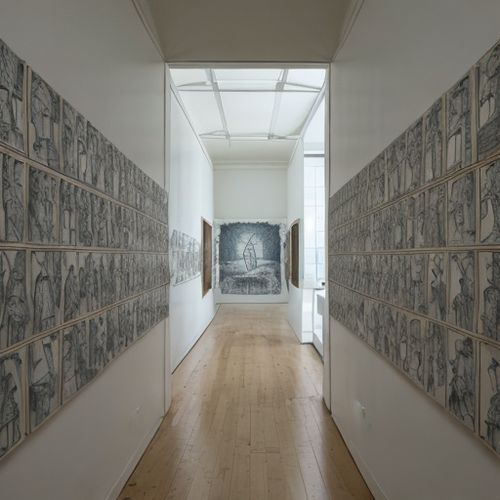
By Jessica Lee/May 14, 2025
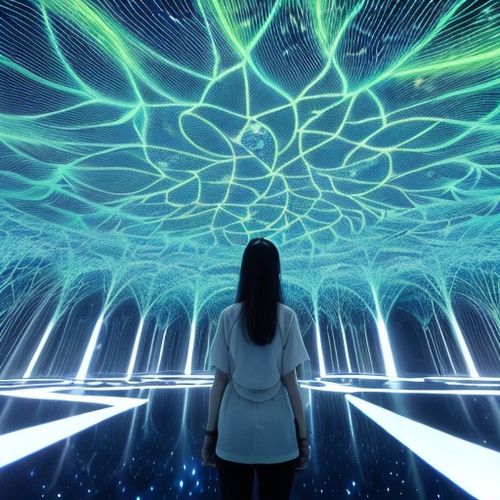
By James Moore/May 14, 2025
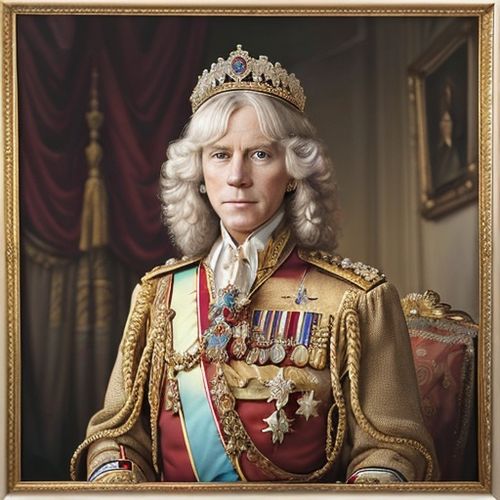
By Samuel Cooper/May 14, 2025
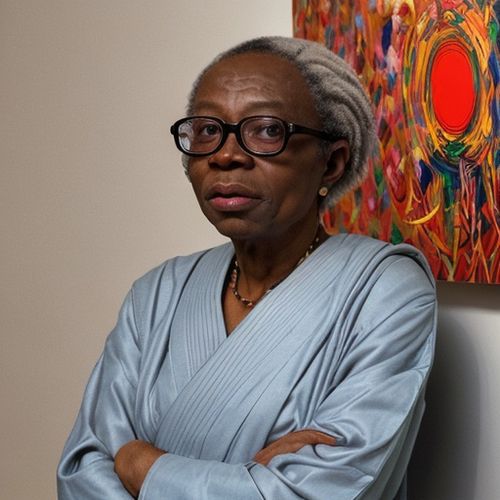
By George Bailey/May 14, 2025